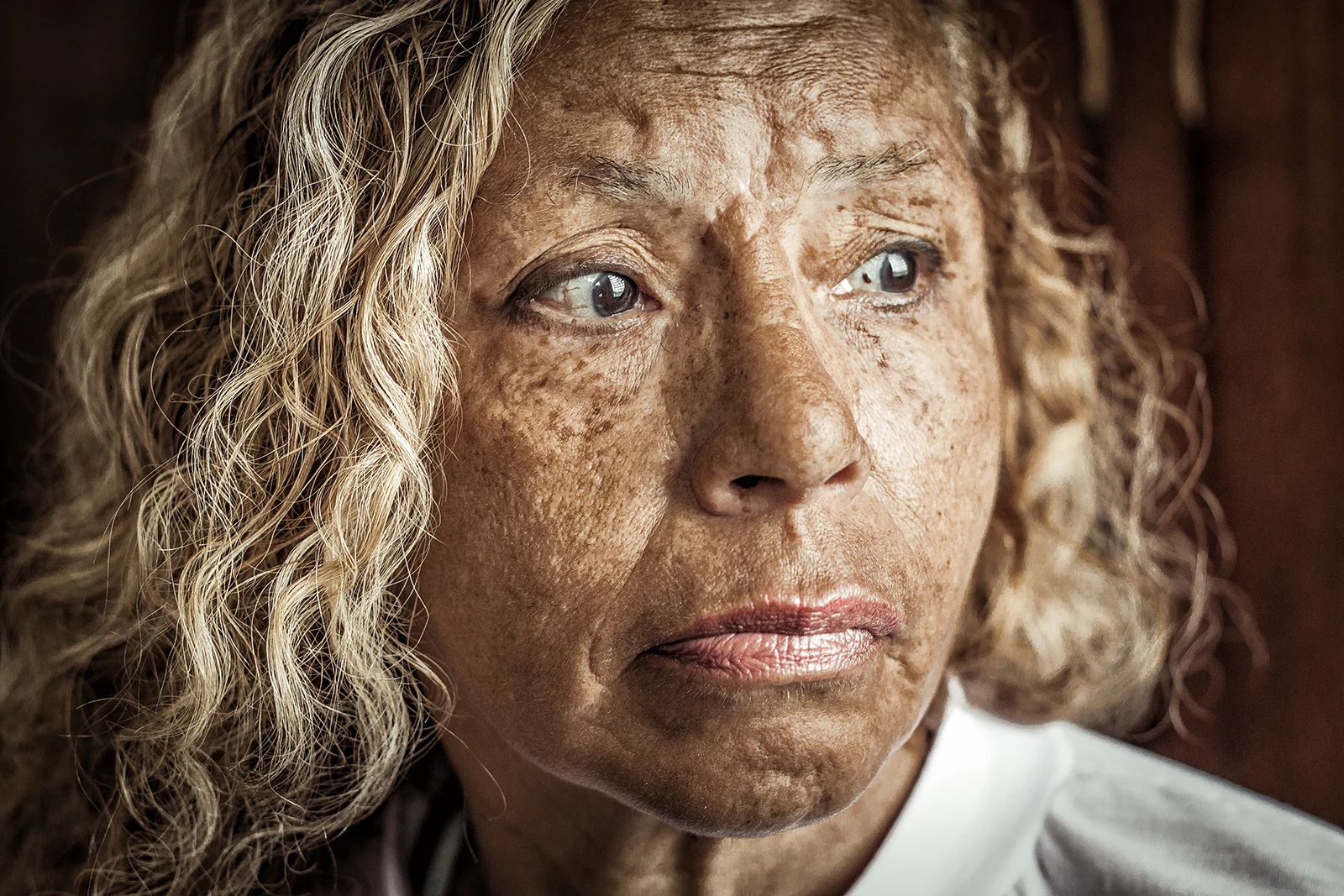

Ever since his dad had told him stories of his time working for the Macedonian police force, photographer Milcho Pipin had been desperate to photograph behind a prison’s walls. With the help of a criminologist, he gained access to one of Brazil’s overcrowded penitentiaries which, up until that point, had enforced a 40-year media shutout. He spent five full days inside the prison photographing everything he saw. Here he tells Alex Kahl about the process of getting to know both those in cuffs and those in uniform, and the fascinating stories they told him on the side of the barbed wire we don’t usually get to see.
Brazil’s prison system is one of the most crowded in the world, with only China and the US being home to more inmates, and every prison is dealing with overcrowding issues. The Central Penitentiary of the State of Parana is no different. Up to the point Macedonian photographer Milcho Pipin entered it to document what was behind its walls, the prison had upheld a 40-year media shut out, with no photographers or journalists of any kind coming in or out. Milcho broke this trend, spending five full days in the prison with its 1500 inmates.
His dad had worked for the Macedonian police force as an inspector of foreign crime and border control for 30 years. He would tell stories at home as he dealt with cases, and Milcho would be moved by his sense of empathy for people of all backgrounds. “He inspired me to photograph a prison,” Milcho says. “But as much as I tried to shoot in a Macedonian prison, it was impossible.” The idea remained a pipe dream until years later when Milcho moved to Brazil and met Dr. Maurício Stegemann Dieter, a criminology expert in Brazil, who helped him create his series Locked Up. “I saw a new chance to try this,” he says.
Mauricio would act as Milcho’s right-hand-man on the project, dealing with the legal side of things and spending six months retrieving all the necessary documents required to access the prison from the government. Every inmate in the prison had to sign these forms. Even after all this preparation, the director of the prison was still suspicious when the two arrived with the photography equipment. “So, we waited patiently for him to make a few phone calls and after he had everything verified we were allowed to enter,” Milcho says.
Feeling their moments of sadness, desperation, confusion, all the while being surrounded by razor wire seemed unreal.
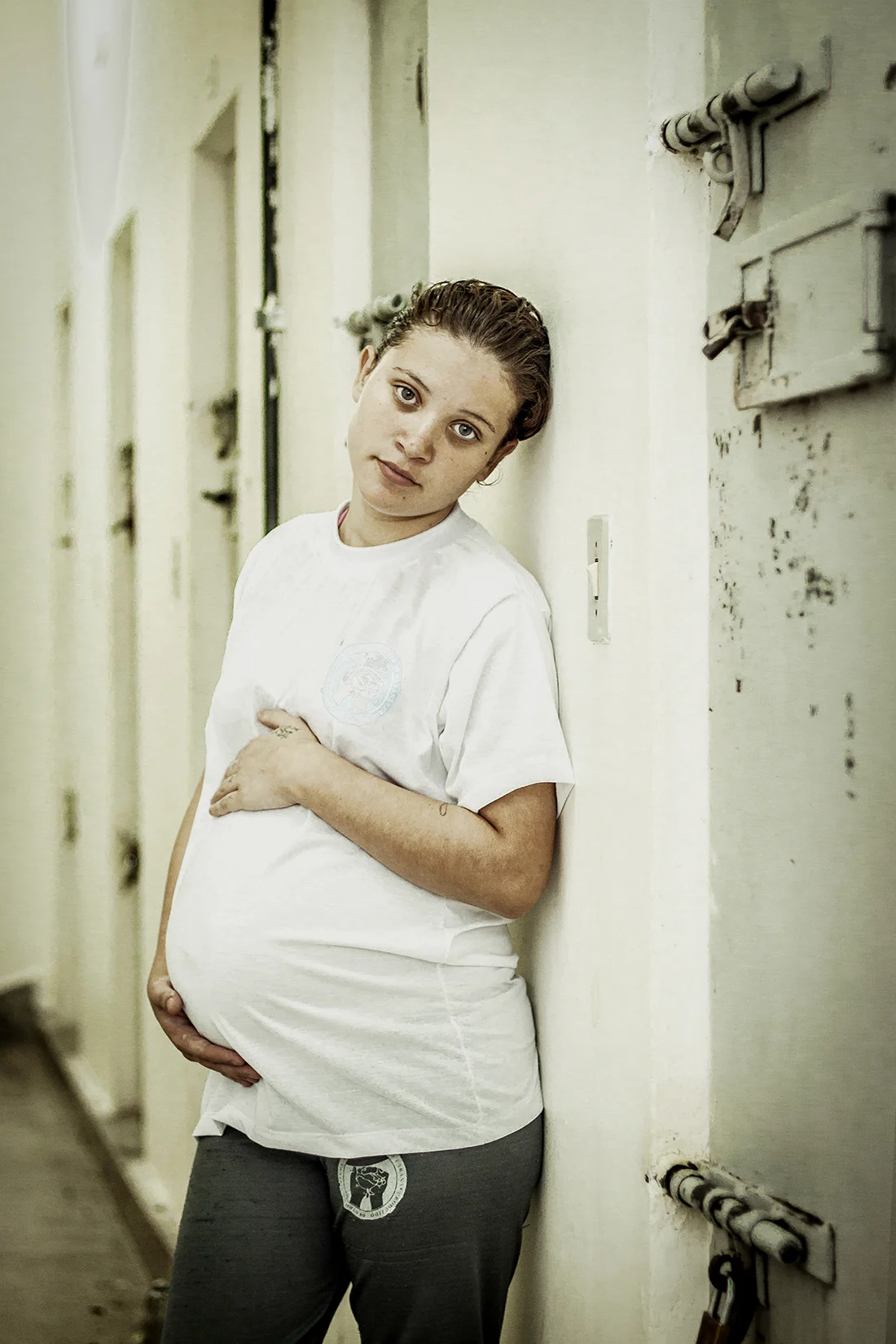
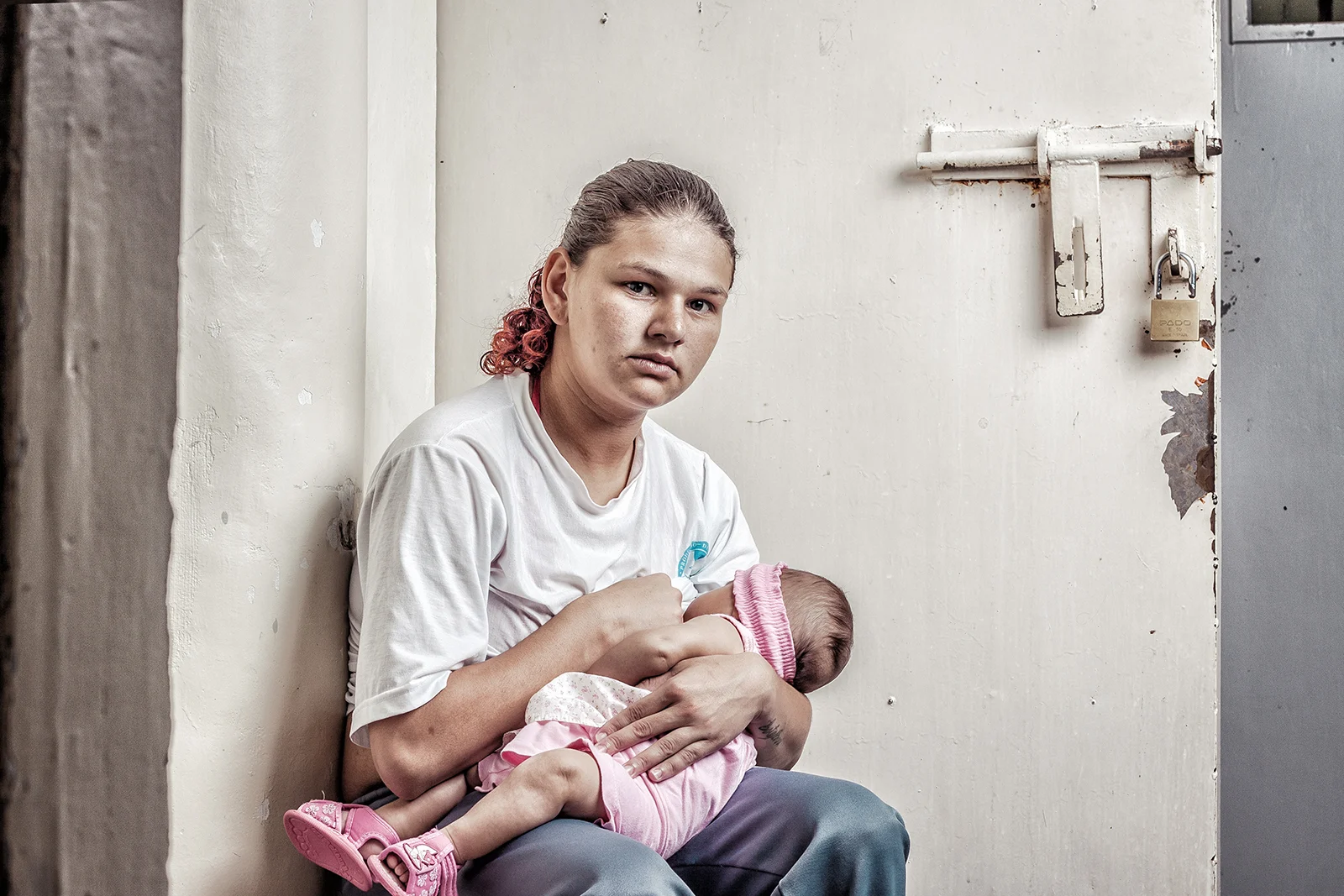
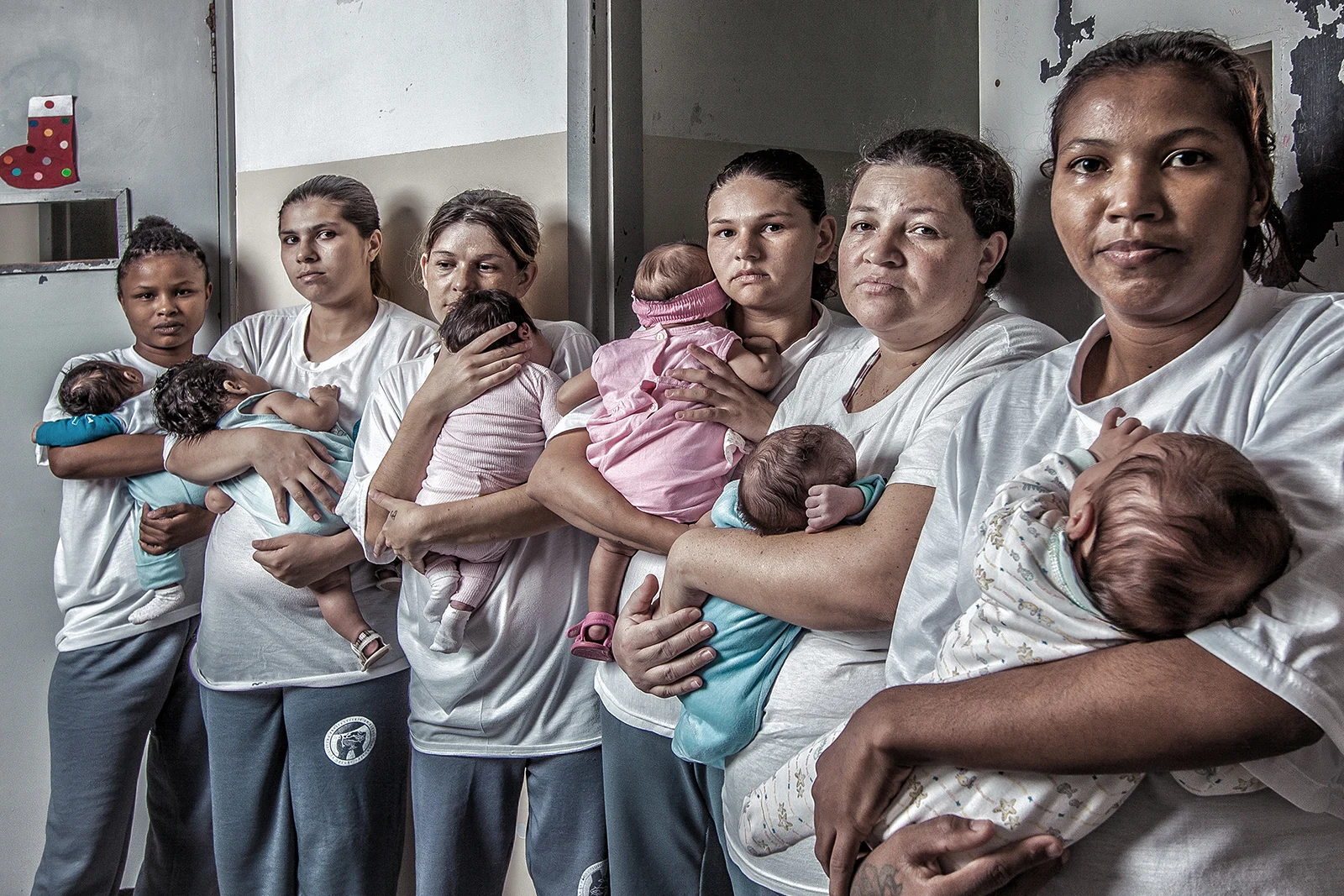

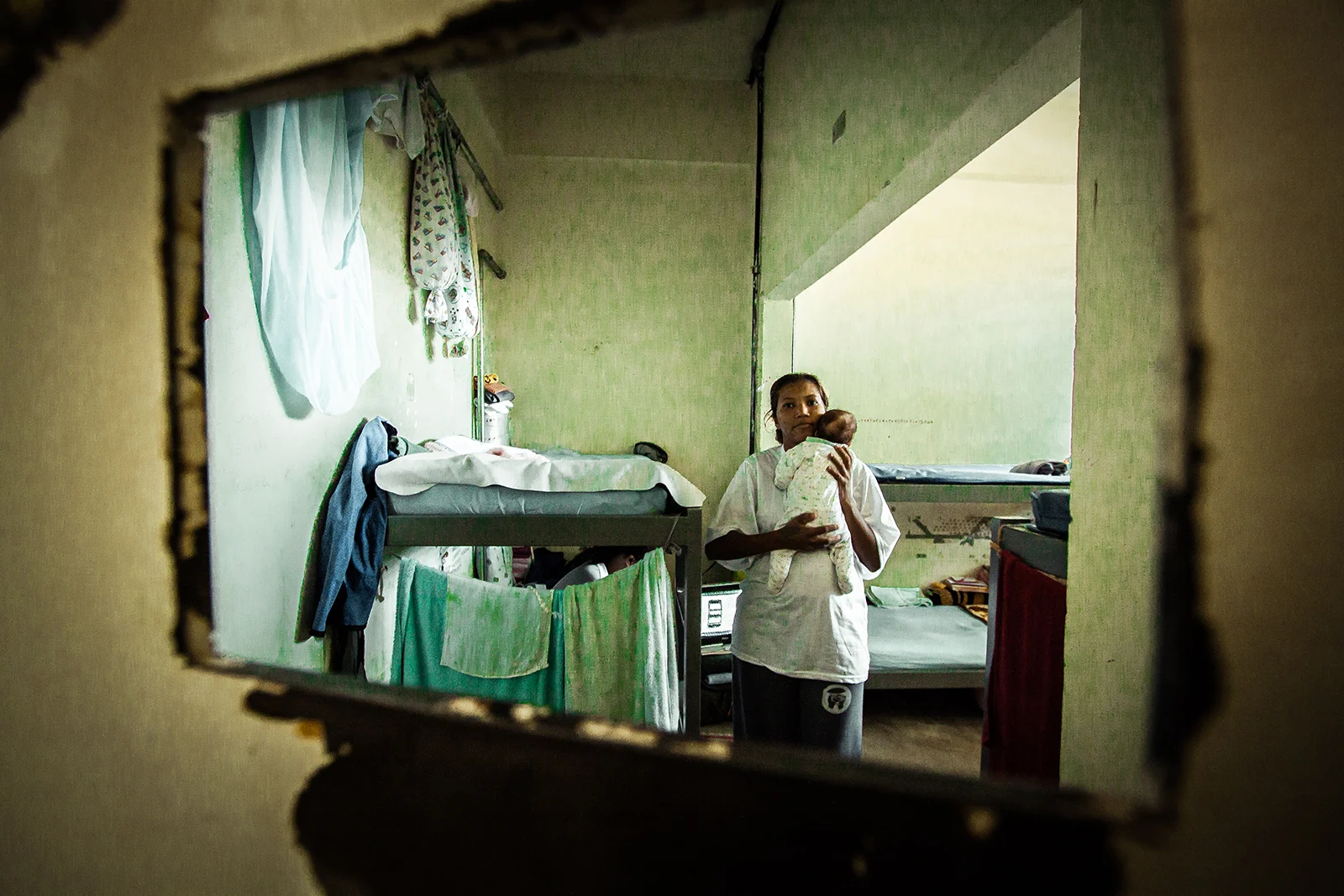
The day Milcho arrived at the prison, the guards went to gather a group of inmates to see if they would like to be a part of the project. “The next thing we saw was almost everyone leaving. They had absolutely no interest,” he says. Mauricio and Milcho explained that they had no political agenda, and expressed an interest in the inmates’ feelings. “After that, a few more came back and once we started photographing them around and talking to them, they felt at ease with us and told other inmates to participate too,” he says.
As he talked more with the inmates, Milcho found the project increasingly challenging and emotional. “Listening to their stories, feeling their moments of sadness, desperation, confusion, frustration and anger, all the while being surrounded by razor wire. It seemed unreal,” he says. Some of the photos in the series are of the young mothers locked up with their babies. In one shot, a mother-to-be clutches her bump tightly, and in another a baby lays precariously on the top bunk of a bed in an otherwise empty room. “By law, they could have their babies with them from birth for up to six months, and after that, they could only meet daily for up to four hours,” Milcho explains. “Without any doubt, seeing had the biggest impact on me.”
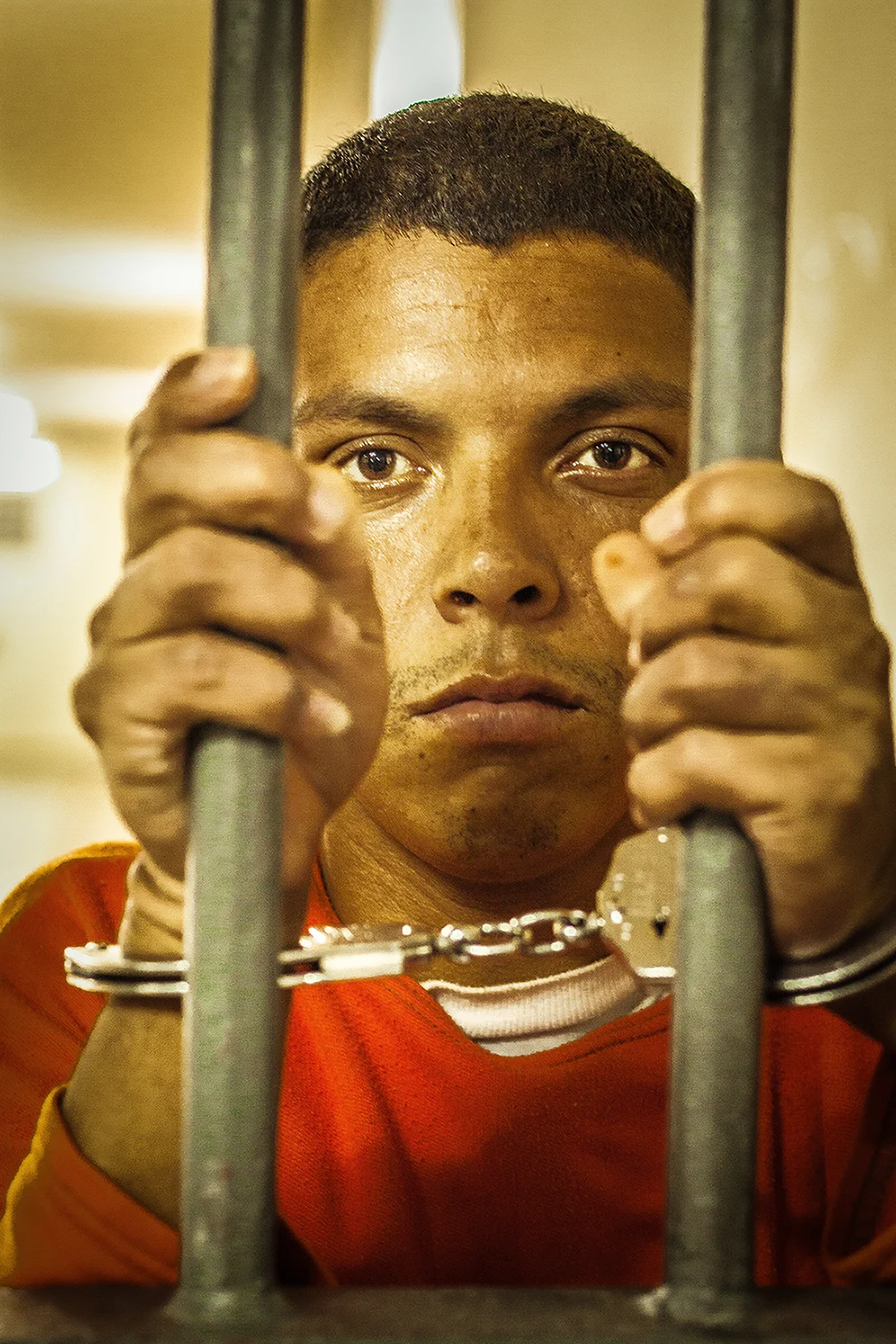

Milcho captured both sides of the prison system, from inmates looking wistfully through the bars on their windows, their wrists cuffed, to prison staff, guards standing assertively with arms folded, attempting to recreate some cinematic image of what superiority and power looks like. The devil is in the details in these shots: the tattoo of a man’s name visible on a woman’s arm as she kisses her baby. The handprints on the wall in the run-down kitchen create a sense of desperation. In the 20 years since Milcho Pipin got his first camera, an analogue Russian Zenit, he’s become fixated on capturing these subtleties. “I learned that being able to notice every detail of a place in a heartbeat is so important,” he says. “After years working with photography I realized it is all about tireless observation.”
He mentions one inmate who simply didn’t look like she belonged there, and he wondered what crime she could have committed. She told him she used to work at a bank, and that a new boyfriend of hers convinced her to help him rob it. “She held all of her colleagues hostage!” he says. This story reflects what Milcho discovered when he was visiting the prison: anyone could be in there, sentenced to time inside, regardless of their past or personal situation. He hoped that this series would not just change the viewer’s perspective on prisoners as people, but prompt us to appreciate and take care of our own freedom.

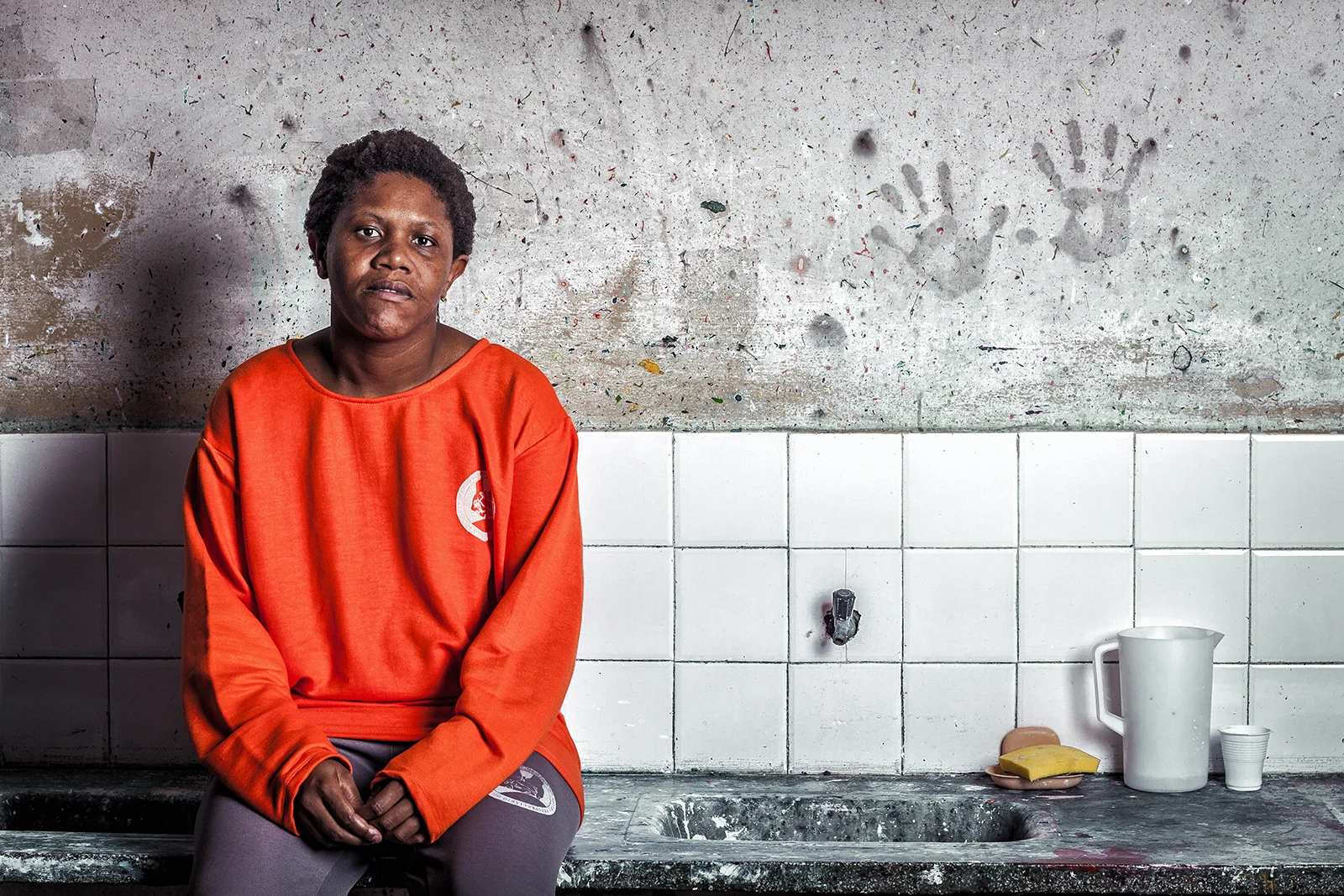
I learned that being able to notice every detail of a place in a heartbeat is so important.

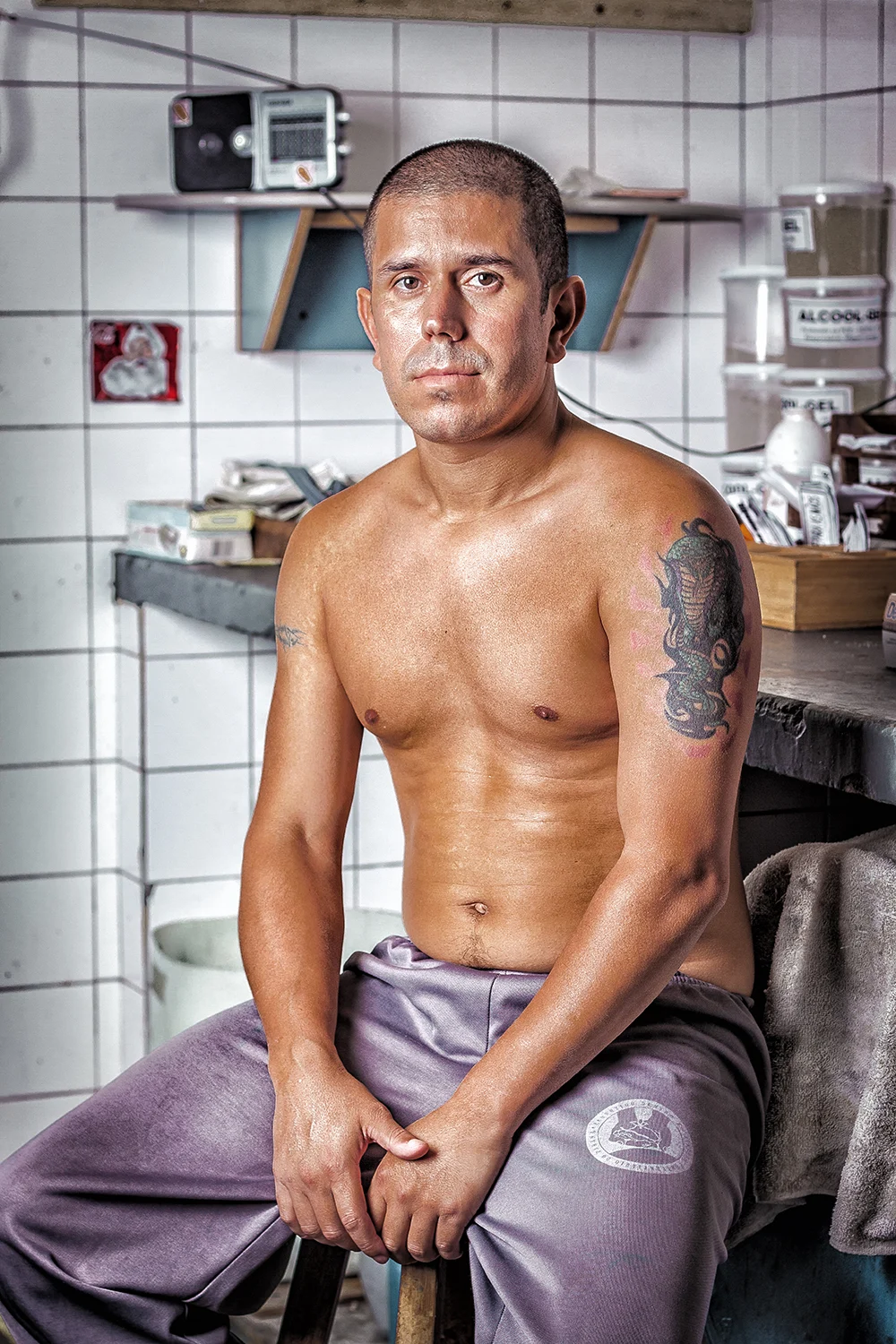
Milcho recalls that while he was visiting the prison, the guards and inmates seemed to get on, and didn’t seem to clash. A few weeks after his visit, though, he read that there had been a riot there, during which inmates took two guards captive for 10 hours as others climbed onto the roof and burned mattresses. They were apparently protesting about their rights and the living conditions in the prison. The violence is not reflective of the entire prisoner population, but it was still a stark reminder of how fragile and changeable the Brazilian system can be from one week to the next, especially when there is such overcrowding.
Milcho made note of things the inmates told him that he thought were particularly poignant. As much as the photos show a claustrophobically small amount of space is handed to these prisoners, many of them are strangely positive about their situations. “Oddly enough, I’ve never felt so free in my entire life,” says Janine Cardoso Soares, who is serving a nine year sentence. These people are facing their new circumstances with a sense of hope that it’s hard to imagine having when you see the photos. But as inmate Jhonathan Rodrigo de Jesus points out, "Better here than death. Here, there's time for a new life."
